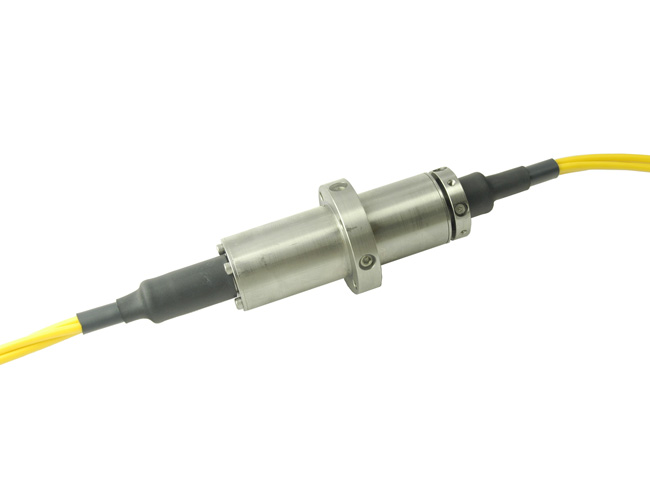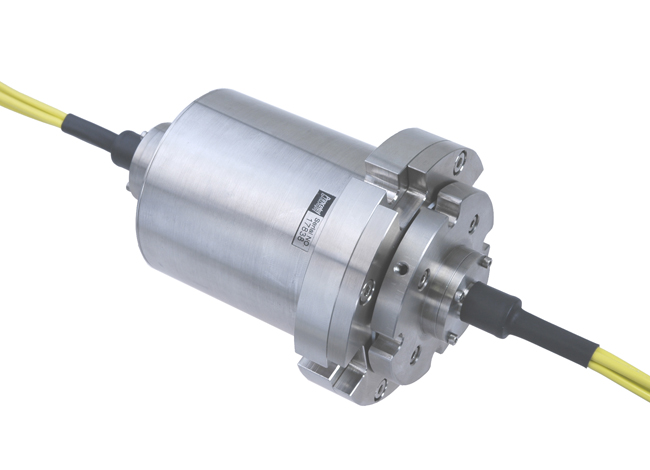Technology
A quick search in the patent data base produces hundreds of inventions around two-channel or multiple-channel fiberoptic rotary joints. Commercially, however, there have been very limited choices for technologies. Our manufacturer partner Princetel uses proprietary technologies to facilitate both the dual-channel and multchannel FORJs. We offer our customers an exciting new alternative for significantly better performance. We also offer fiber optic feedthroughs and fiber optic cable reels. The cable reels are motorized or non-motorized. Please send us an inquiry, naming your most important requirements. We will respond with a technical proposal.
Key parameters
A FORJ’s only function is to provide connection between two or multiple fiber cables. Therefore, it is critically important to ensure that the device has low insertion loss, small insertion loss variation, and high return loss (a measure that characterizes the amount of reflection a FORJ generates).
For further information please have a look to our tutorial and FAQ sheets.
Media converters for video/data (MUX/DMUX)
We also offer highly integrated video and data MUX/DMUX cards. The MUX46R and MUX46T is a pair of highly integrated video/data multiplexers for the conversion of four channels of high-quality video and 6 channels of standard bi-directional data into one optical channel and transmitted through one standard SM fiber. They are ideal for robotic vehicles such as underwater ROVs (remotely operated vehicles).
The standard PC104 card can easily stack up with more MUX46s or other media converters such as gigabit Ethernet, sonar, hydrophone, and USB. CWDM technology is available to optically multiplex up to 8 cards (each end) into one optical fiber pass for perfect bi-directional transmission.


